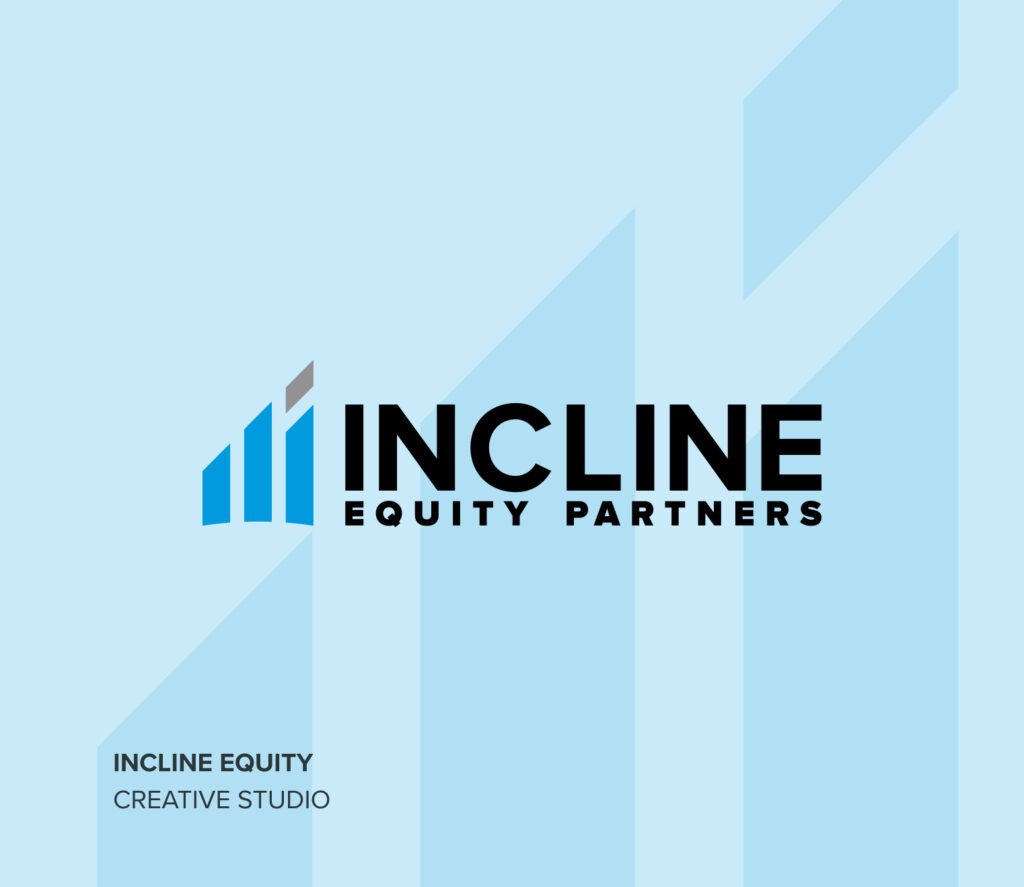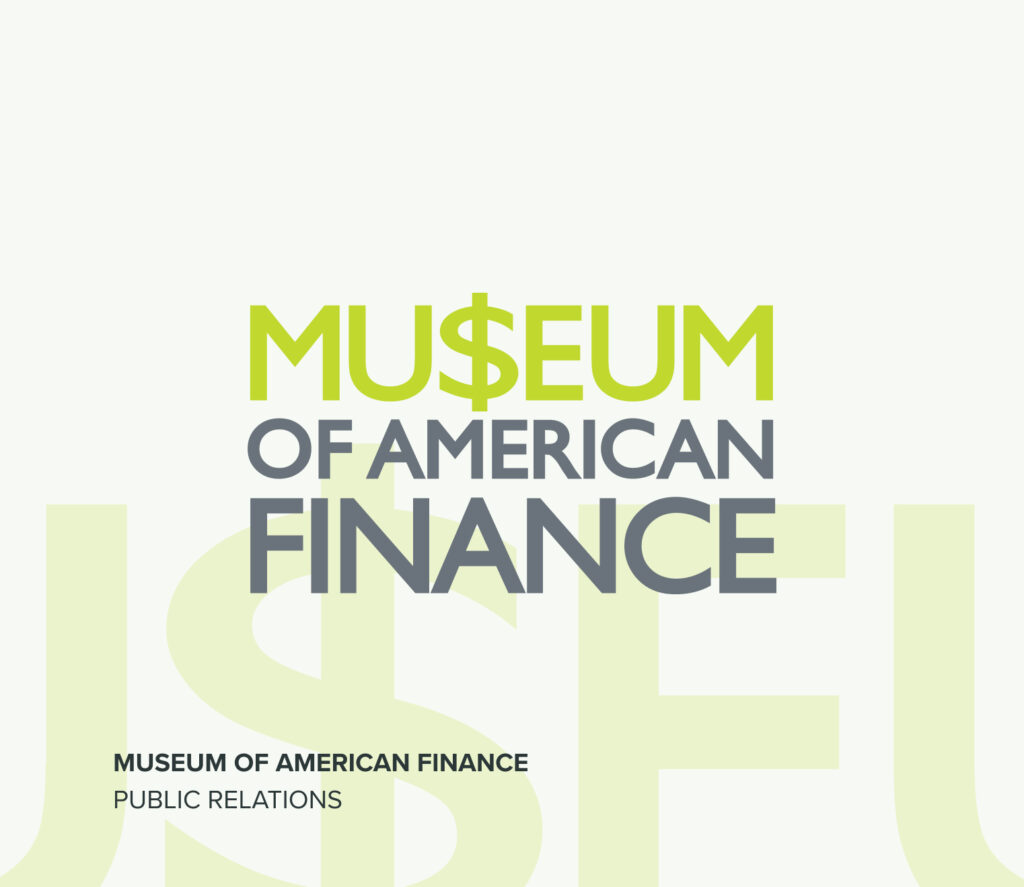Each April, we observe National Financial Literacy month, making spring one of Vested’s favorite seasons (right after Earnings, of course).
Our mission is to help shape a better financial services system. One that is more accessible, transparent and sustainable.
And that starts with a strong public basis of financial literacy.
What is financial literacy?
Financial literacy refers to individuals’ ability to understand basic financial behaviors and systems effectively enough to plan for their personal, family, and organizational goals. Knowledge that falls under this umbrella includes everything from opening a savings account to balancing a checkbook, planning for retirement, and setting and managing a budget.
Why is financial literacy important?
Financial literacy sets up individuals and their families to live within their means and plan for and achieve goals for their future. Money is an integral part of modern life. Whether paying bills, buying groceries, borrowing money to purchase a home, contributing to a Roth IRA, or planning a vacation, having a fundamental understanding of financial systems is key.
While April has been designated as Financial Literacy Month since 2004, at present, only 23 states have committed to requiring high school students to take at least a semester-long personal finance course. As an adequate understanding of personal finances can affect an individual’s entire life, it’s time that we do more.
So what’s the current state of financial literacy across demographics in the US? Read on to learn more, and to better understand why drawing attention to this issue is important.
Financial Literacy in Americans
- On the 2023 TIAA Institute Personal Finance Index, adults answered only 48% of 23 basic questions about financial literacy correctly.
- The average household loses over $3,600 annually due to a lack of personal finance literacy.
- According to Bankrate’s 2024 Annual Emergency Savings Report, only 44% of Americans report having enough savings to cover a $1,000 emergency.
- Nearly half of American households have no retirement savings or investment plans.
- Over 40% of Americans are unfamiliar with Roth IRAs, money market accounts, and high-yield savings accounts.
- 60% of Americans report living paycheck to paycheck.
- American household debt reached $17.5 trillion at the end of 2023.
Financial Literacy in Women
Women face additional barriers to financial literacy due to myriad societal and institutionalized factors. Financial literacy efforts aimed at women can help close the wage gap and better prepare women for financial independence.
“There’s so much to unpack when it comes to women and finances,” said Marian Daniells, Director at Vested. “Most of the issues, like how our society devalues caregiving or literally charges women more, are systemic. Other issues are more societal, and financial literacy can help address them or at least draw attention to them.”
Below are some statistics that point to the real-world financial literacy impacts women in the US face.
- A 2022 study from the Federal Reserve found that on average, women tended to have lower levels of financial literacy than men.
- On average for the same roles performed with the same experience, women earn an average of 82% of what men earn – called the gender wage gap. While progress was made in closing the gap in the 80s and 90s, the current disparity has remain relatively unchanged over the past 25 years. “The disparity is significantly worse for women of color,” said Daniells.
- The term “pink tax” refers to discriminatory pricing practices that inflate the cost of products marketed toward women, especially those with “male-focused” equivalents, like razors and toothbrushes. On average, women pay over $2,300 more annually for the same goods and services as men. Over a lifetime, that’s nearly $190,000.
“Financial literacy won’t solve the pink tax, but it can help ensure women make informed, empowered decisions. It can help women understand their worth in concrete models and numbers vs. platitudes and captions. As women know more about macroeconomic trends, and feel more comfortable talking about finance and championing their own – and one another’s – financial wins, they can reshape societal norms and markets,” said Daniells.
Financial Literacy in Youth
As the saying goes, children are the future. Setting them off on the right path with strong financial literacy is key to their success in adulthood.
The statistics below highlight the importance of establishing higher levels of financial literacy for young people:
- 54% of teens report worrying about financing their future. On the bright side? 62% of teens use personal finance apps to manage their money.
- 1 in 5 US teens lacks basic personal finance knowledge.
- The average loan student debt for students graduated from college in 2022 was $37,575.
- The average college student has $3,100 in credit card debt.
- While 73% of parents say they have regular conversations with their children about financial matters, only 61% of kids agree.
- 40.2% of youth with low levels of financial literacy relied on parents, friends, and acquaintances as their most important source of financial knowledge, compared to 20.8% of those with the highest levels of financial literacy.
Financial Literacy Resources
A more financially literate society is one that is better equipped to deal with the challenges we will face in the future. Spending time now to educate ourselves and our children will pay dividends down the line. And if you don’t get what that means, it may be time to study up yourself. Here are some additional resources to get you started:
- https://millennialmoney.com/financial-literacy/
- https://www.fdic.gov/resources/consumers/money-smart/teach-money-smart/money-smart-for-young-people/index.html
- https://financialadvocacy.org/?gad_source=1&gclid=CjwKCAjw8diwBhAbEiwA7i_sJQnGKj-WBN_B0VDpNIGSeZ_49jy7UUGbRpswRWfFMLCxbJzi0X6s_hoC-QcQAvD_BwE
- https://www.occ.gov/topics/consumers-and-communities/community-affairs/resource-directories/financial-literacy/index-financial-literacy-resource-directory.html
- https://www.investopedia.com/financial-education-resources-kids-5216826


